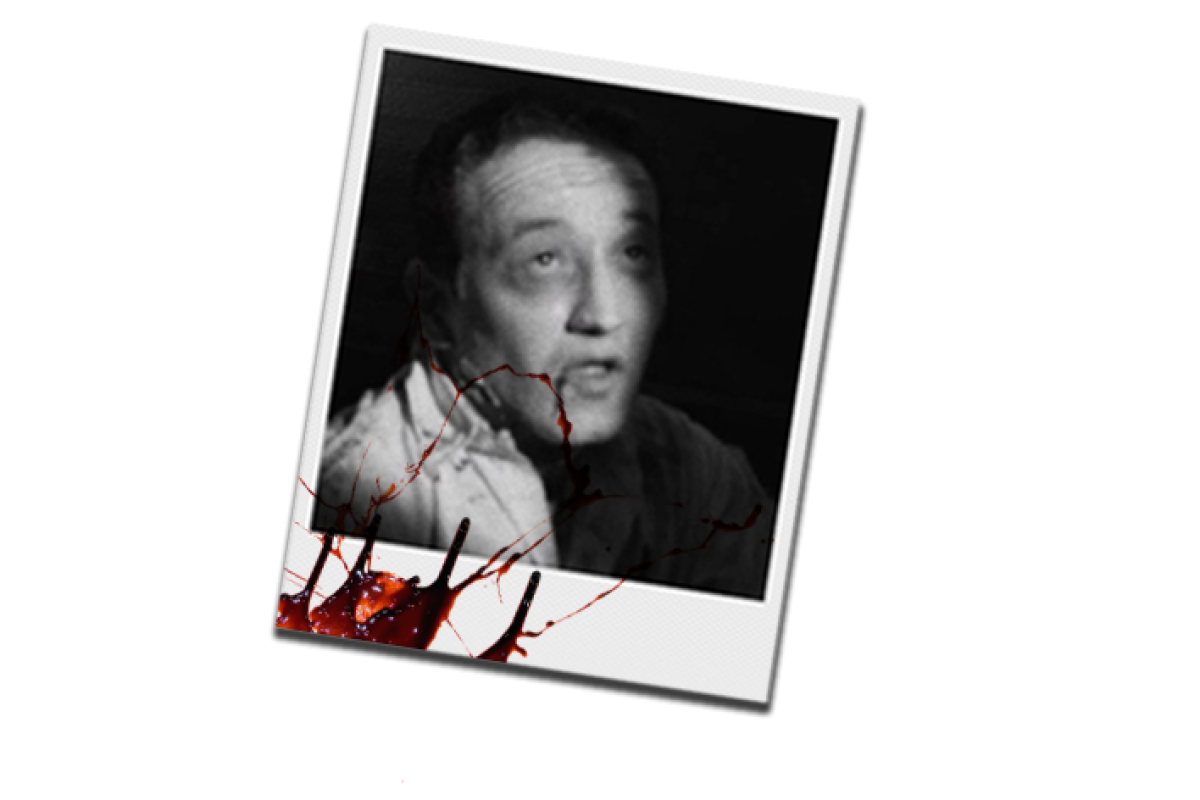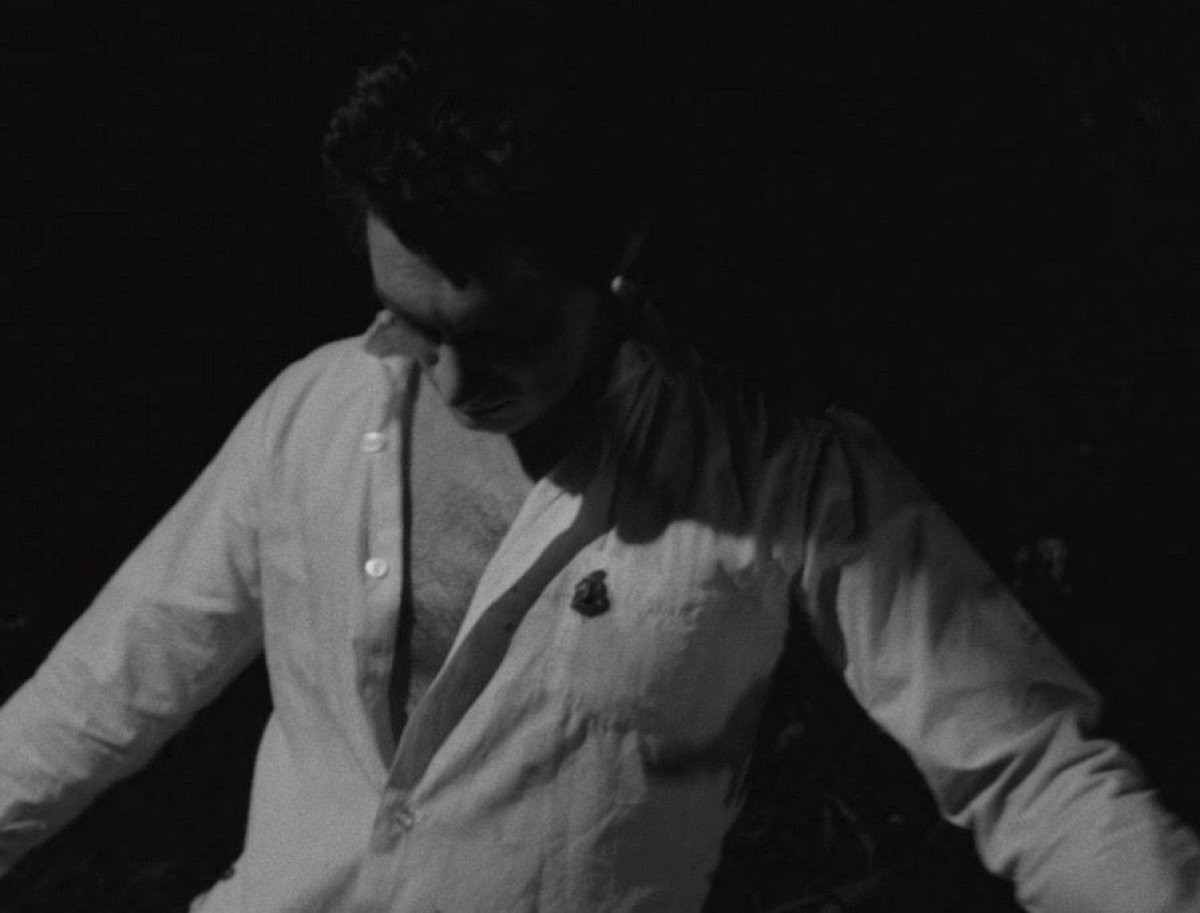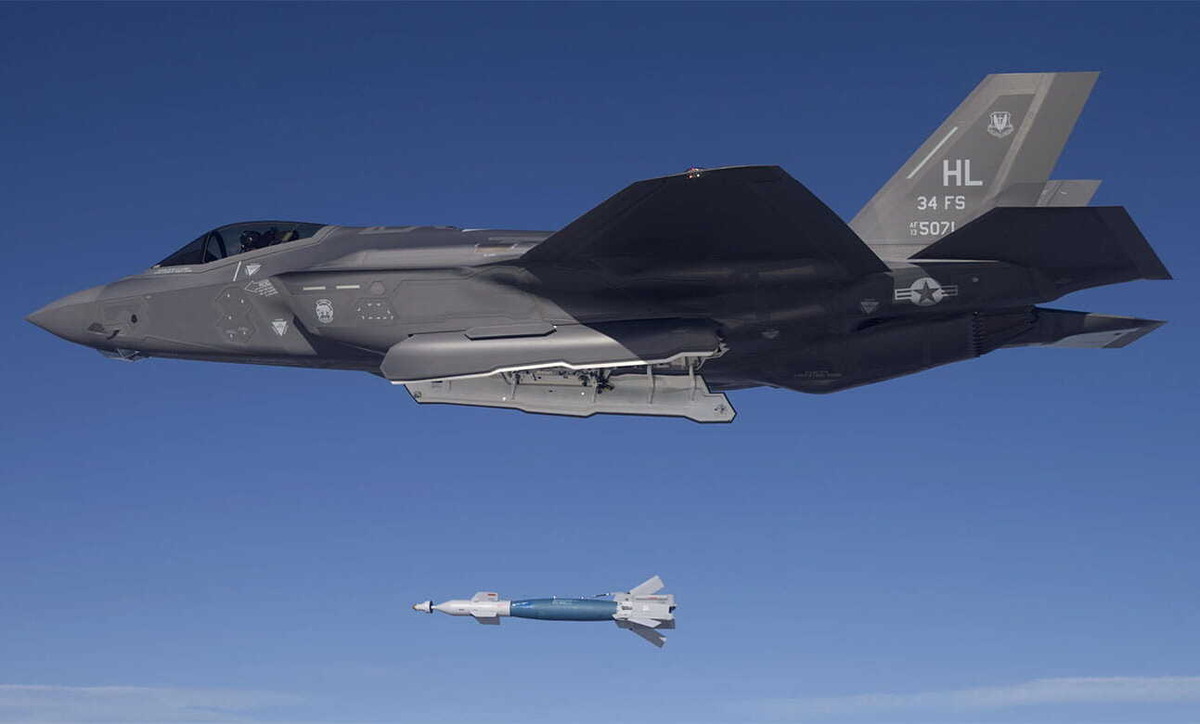The modern zombie, awakened from death by forces unknown, shuffled fully formed out from Night of the Living Dead, celebrating its 50th anniversary this week. Like its fictional influences, including Richard Matheson's 1954 novel I Am Legend and the 1956 movie Invasion of the Body Snatchers, Night of the Living Dead was about an upended society, the zombie a symbol of revolution in its most nebulous and violent form. But even when George Romero and his collaborators had their concept nailed down, there was still no zombie—not until the simplicity of zombies as an idea was married to their endlessly individual expressions: of how their living selves dressed them, their rotting bodies, the way they walk, the way they hunger.
Beginning with a group of likeminded Pittsburgh creatives—its first investor-producers each contributed the same $600 to ensure an egalitarian approach, forming a company called Image Ten—Night of the Living Dead was an all-hands production from the start. Filming began with what would amount to a skeleton crew on any other movie, but the collaborators were all veterans of the commercial production world. Many would fill multiple roles on the production. Most would play zombies.
Early in the movie—night has only just fallen—Barbra (Judith O'Dea) and Ben (Duane Jones) find refuge in an abandoned farmhouse. Barbra collapses into a chair, while Ben goes outside to attack the zombies smashing his truck's headlights with rocks. Then, entering from a door in the kitchen, comes the reanimated corpse of a young man. Blood dripping from one corner of his mouth, the ghoul approaches from behind, torn sleeves dangling as his arms grab for her. But Ben returns just in time, tackling the ghoul and slamming a tire iron into its forehead, an effect created with a patch of mortician's derma wax, forming a pocket of fake blood underneath.

This zombie is played by John A. Russo, one of the original investors and co-screenwriter of Night of the Living Dead with Romero. "We were kind of inventing these flesh-eating zombies. Nobody got much coaching," Russo said.
"I took a pair of vampire fangs and cut the fangs off. I moved like I had rigor mortis and stretched my face out of shape," Russo told Newsweek. "It gave me a headache after a while."
Speaking to the surviving members of Image Ten, it soon becomes clear that the qualities that became characteristically "zombie" emerged organically on set. Even describing what makes a great zombie inspired a variety of descriptions.
"Sort of a limping thing, a limp and a drag…"
"Kind of a stumbling, sideways, angled-body look…"
How a zombie moves was one component, but how they looked was equally important. The makeup for zombies was created by Marilyn Eastman and Karl Hardman, both Image Ten investors and actors in the movie. Together, they play Harry and Helen Cooper, who hide in the basement while Ben fortifies the main house against the zombie siege.
Their zombies had sunken eyes, rotting skin and exaggerated features, designed to emphasize their inhumanity. "If you had a small nose, you needed a big nose," Eastman said. "I couldn't claim to be a master, but it was very easy once we started, just taking the characters and turning them in the opposite way."
"That was just imagination, almost anybody would do close to the same thing," Eastman added, though one look at the zombie Eastman played herself—its face almost as gnarled and twisted as the tree bark from which she snatches an insect and brings it to her mouth—shows the distinctive verve and thought that went into creating these ghouls.

Eastman wasn't the only one pulling double duty in front of and behind the camera. "I had the good (or poor) fortune of being both the alive Johnny and then—spoiler alert for any of the seven people in the United States who hasn't seen Night of the Living Dead—coming back at the end of the film as the recently dead brother and dragging my sister out of the house," producer Russ Streiner said.
It's become one of the film's most enduring images: Johnny's signature black gloves on the door frame, his eyes locked on Barbra.

Another Image Ten founder and crewmember, Richard Ricci, was used to establish one of the most important zombie rules to come out of Night of the Living Dead: shoot them in the head, or, as the newscaster (played by Charles Craig, who, yes, also played a zombie) says, "kill the brain and you kill the ghoul." But the rule is established far earlier in the movie, when Ben pokes a rifle through a boarded-up window, trying to take aim through the hands scrabbling to get in. His first shot bursts through the back of a zombie, who stumbles away, but soon advances again. It's only when Ben shoots the center of its forehead that the zombie drops.
In addition to establishing a central tenet of modern zombie mythology, Ricci's zombie was also a landmark special effects moment. Exploding blood packets, or squibs, had first been used in Bonnie & Clyde, out the same summer Night of the Living Dead was shot. It was a largely untested effect, especially for a low-budget movie, which is why Ricci recalls Romero selecting him to take the shot because, "I'm pretty sure you won't sue us if things go wrong."

Of course, there weren't enough crew members and actors to populate Night of the Living Dead's zombie apocalypse, so outside help was enlisted: friends, investors, random bystanders, anyone they could get their hands on. They came from all walks of life: barroom brawlers, ad executives, regional business owners, students and a local artist's model recruited to play a naked zombie.
"We'd do the makeup and tell them where to stand," Eastman. "It was catching: their excitement at discovering what it would be like to be in makeup. They were wonderful ghouls, but they didn't know particularly well how to walk or sag." Romero would go down the line as people rehearsed, complimenting some, who would then become models for others.
One of the most famous scenes involved a horde of ghouls feasting on human remains—what was left after an exploding truck killed two survivors holed up in the farmhouse. The gruesome banquet was accomplished partly with ham, covered in chocolate syrup "blood," but also a great deal of sheep hearts, lungs and intestines, supplied by an investor in the movie who owned a meatpacking plant.
Image Ten member and on-set jack-of-all-trades Vince Survinski (who didn't know until the movie was out that his character would be the one to shoot and kill Ben at the very end) prepped the sheep organs by filling them with water, for a more floppy, lifelike feel. "It was bizarre," Russo said, remembering Survinski at his gruesome work in the predawn hours before filming. "Like a Fellini movie or something."
"Our commercial clients surprised us, because they were straight up-and-down, suit-and-tie people, I mean, they were ultra-conservative," Russo recalled. "But some of the ad agent presidents were the ones biting into those animal parts."
Death transforms us all.
This week marks the 50th anniversary of Night of the Living Dead. To celebrate, surviving cast members will reunite on Oct. 6 at the Byham Theater in Pittsburgh, where the movie first premiered, to watch the Museum of Modern Art restoration supervised by Romero before his 2017 death.
The screening is the first event put on by The George A. Romero Foundation, founded by Romero's wife, Suzanne Desrocher-Romero. Tickets and more information can be found here.
Uncommon Knowledge
Newsweek is committed to challenging conventional wisdom and finding connections in the search for common ground.
Newsweek is committed to challenging conventional wisdom and finding connections in the search for common ground.
About the writer
To read how Newsweek uses AI as a newsroom tool, Click here.








